
cd_nom

| Author : S. Wroza |
 |
Despite the Creative Commons license, please inform the author of the use which will be made of his photo
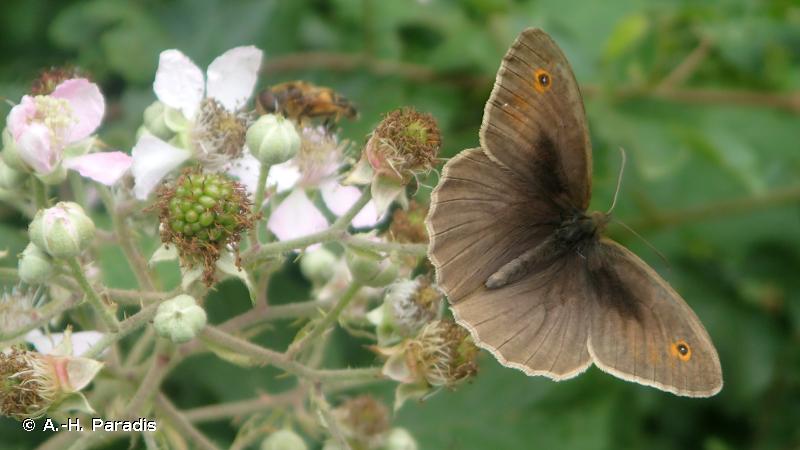
| Author : A.-H. Paradis |
 |
To get the picture, please visit:
Anne-Hélène Paradis
Missouri Botanical Garden, Africa & Madagascar Department
Muséum national d’Histoire naturelle, ISYEB
57 rue Cuvier
CP 39
75005Paris
paradis.ah@gmail.com
Despite the Creative Commons license, please inform the author of the use which will be made of his photo

| Author : Nicolas Belcourt |
 |
To get the picture, please visit:
Nicolas Belcourt
http://www.nicolas-belcourt.photo
email : inpn@mnhn.fr
Despite the Creative Commons license, please inform the author of the use which will be made of his photo

| Author : Michel Garnier |
 |
To get the picture, please visit:
Michel Garnier
email : inpn@mnhn.fr
Despite the Creative Commons license, please inform the author of the use which will be made of his photo
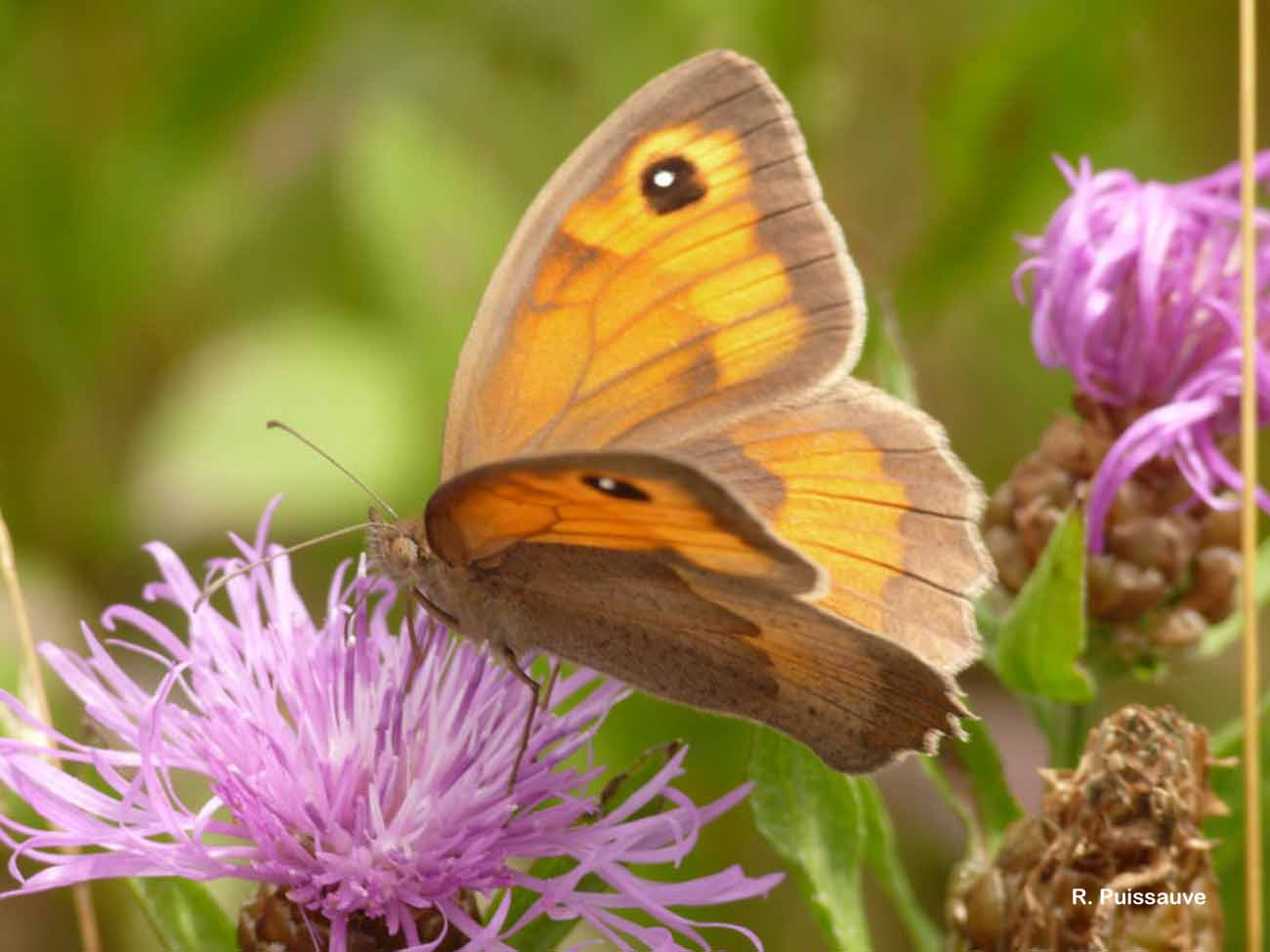
| Author : R. Puissauve |
 |
To get the picture, please visit:
Renaud PUISSAUVE
Muséum national d'Histoire naturelle - Service du Patrimoine Naturel
4 avenue du Petit Château
91 800 BRUNOY
e-mail : puissauve@mnhn.fr
Any reuse of one or more photographs on this site is subject to an authorization request from the author.
Link to the Code of Intellectual Property (Legifrance)

| Author : S. Wroza |
 |
Despite the Creative Commons license, please inform the author of the use which will be made of his photo
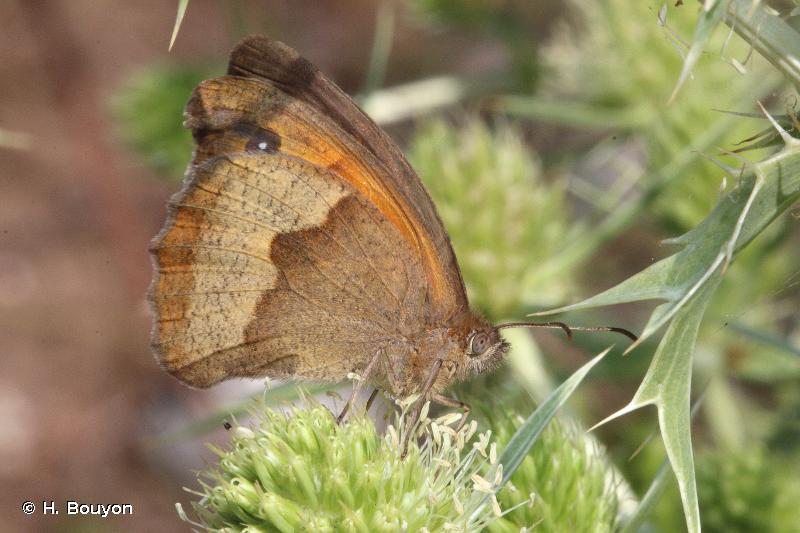
| Author : H. Bouyon |
 |
To get the picture, please visit:
Hervé BOUYON
email : herve.bouyon@wanadoo.fr
Any reuse of one or more photographs on this site is subject to an authorization request from the author.
Link to the Code of Intellectual Property (Legifrance)

| Author : A. JEUSSET |
 |
To get the picture, please visit:
arzijeusset@hotmail.com
Despite the Creative Commons license, please inform the author of the use which will be made of his photo

| Author : C. Lenormand |
 |
To get the picture, please visit:
Despite the Creative Commons license, please inform the author of the use which will be made of his photo
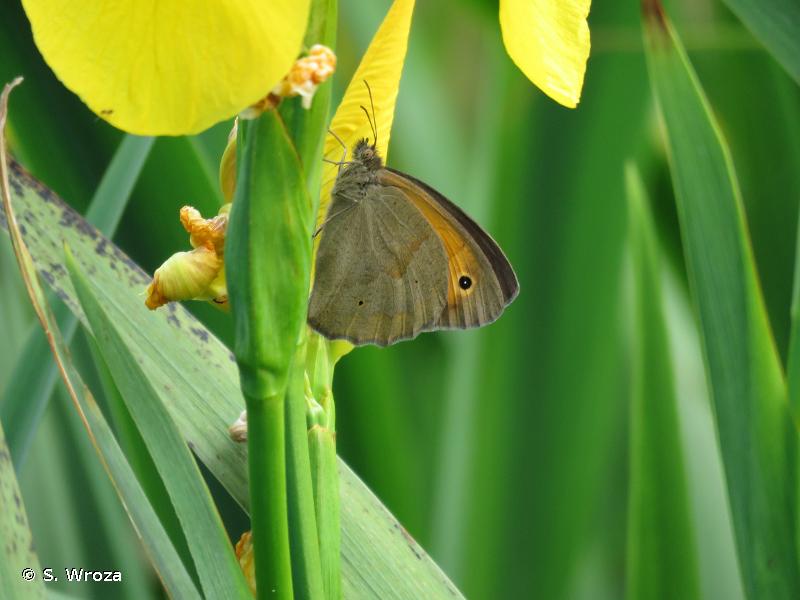
| Author : S. Wroza |
 |
Despite the Creative Commons license, please inform the author of the use which will be made of his photo
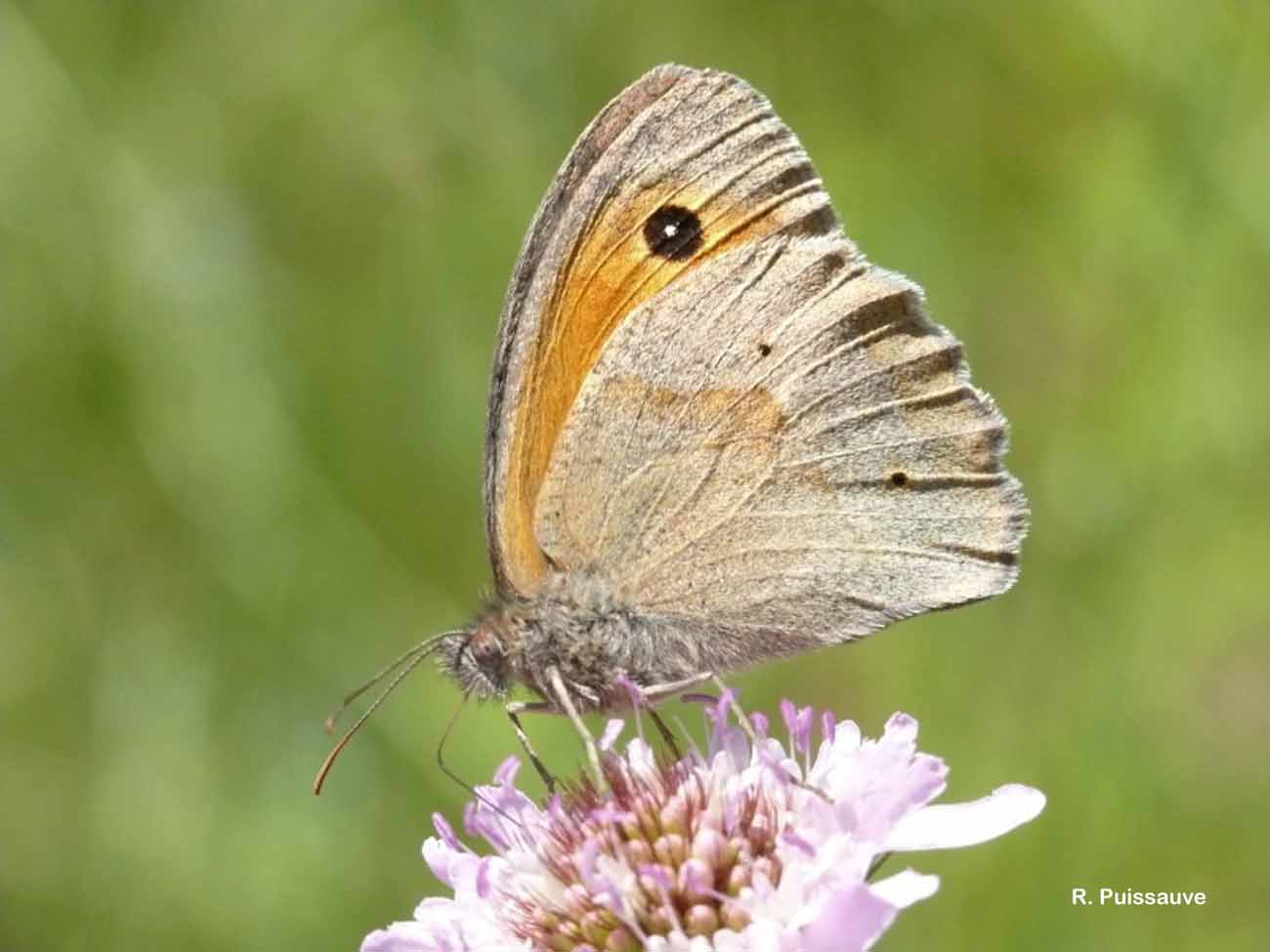
| Author : R. Puissauve |
 |
To get the picture, please visit:
Renaud PUISSAUVE
Muséum national d'Histoire naturelle - Service du Patrimoine Naturel
4 avenue du Petit Château
91 800 BRUNOY
e-mail : puissauve@mnhn.fr
Any reuse of one or more photographs on this site is subject to an authorization request from the author.
Link to the Code of Intellectual Property (Legifrance)
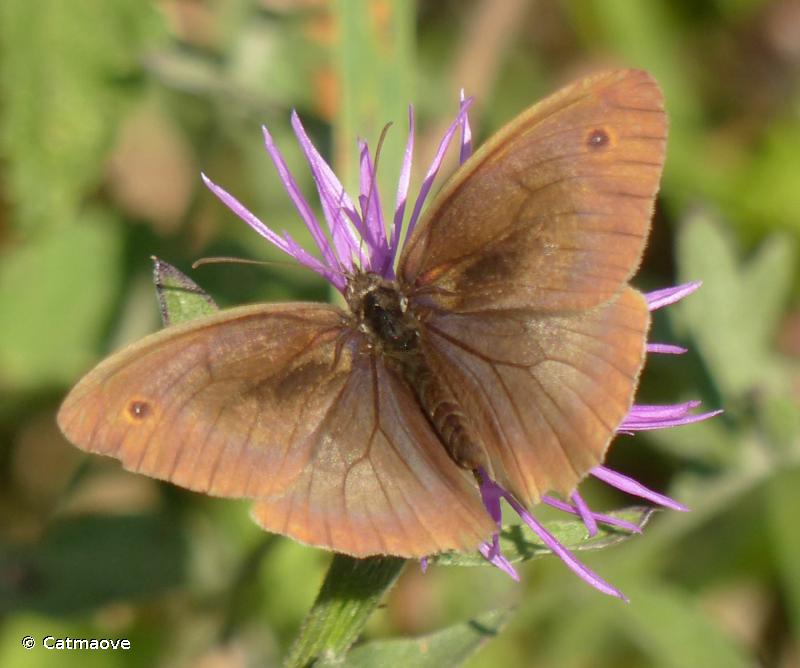
| Author : Catmaove |
 |
To get the picture, please visit:
Catmaove
email: inpn@mnhn.fr
Observation partagée via l'application INPN Espèces
Any reuse of one or more photographs on this site is subject to an authorization request from the author.
Link to the Code of Intellectual Property (Legifrance)
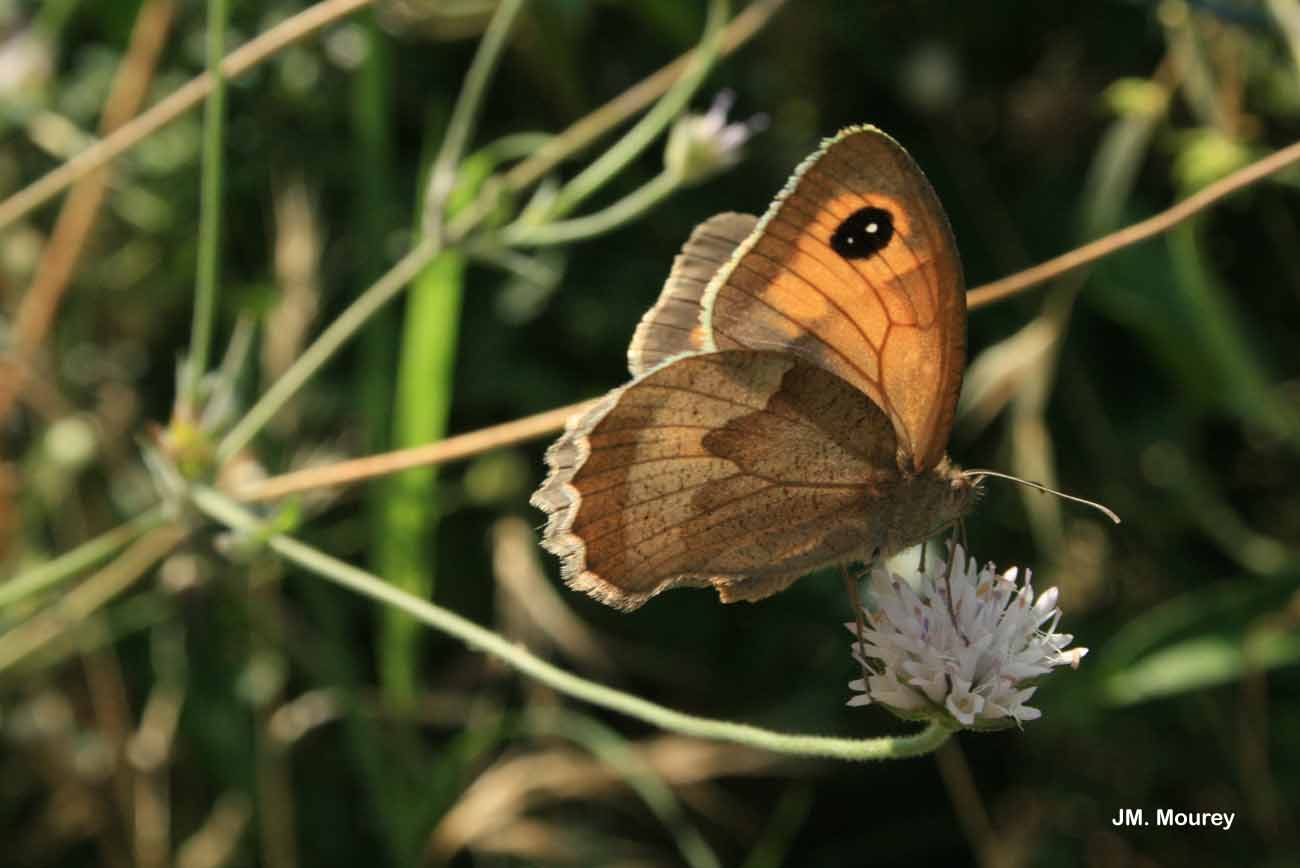
| Author : J.M. Mourey |
 |
To get the picture, please visit:
Jean-Michel MOUREY
Office National des Forêts - Direction de l'Environnement et des Risques Naturels
2 avenue de Saint-Mandé
75 012 PARIS
e-mail : jean-michel.mourey@onf.fr
Legend: Haute-Corse
Any reuse of one or more photographs on this site is subject to an authorization request from the author.
Link to the Code of Intellectual Property (Legifrance)

| Author : H. Bouyon |
 |
To get the picture, please visit:
Hervé BOUYON
email : herve.bouyon@wanadoo.fr
Any reuse of one or more photographs on this site is subject to an authorization request from the author.
Link to the Code of Intellectual Property (Legifrance)
Taille/poids :
Longueur de l'aile antérieure : 20-27 mm.
Diagnose :
Les ailes antérieures présentent sur les deux côtés, un ocelle noir apical pupillé de blanc. Le dessus du mâle est brun sombre. La couleur est plus claire chez la femelle avec une large bande post-médiane orangée sur les ailes antérieures. Le dessous des ailes antérieures est orangé. Celui des ailes postérieures est brun clair avec une bande blanchâtre post-médiane bien tranchée chez les femelles.
Détermination :
Dans la grande majorité de la France, l'adulte est simple à reconnaître. Dans un grand quart sud-est, la détermination demande un examen précis.
Espèces proches :
L'espèce ressemble au Misis et au Louvet. Chez le Misis, l'ocelle du dessus des ailes est aveugle. Chez le Louvet, le dessous des postérieures est plus uniforme.
Période d'observation :
Les adultes peuvent être observés de mai à octobre.
Biologie-éthologie :
Biogéographique et écologie :
La répartition de l'espèce couvre une très grande partie de l'Europe (sauf le nord), l'Afrique du Nord et l'Asie Mineure. C'est une espèce commune dans tous les milieux herbacées. Les adultes sont observés jusqu'à 2 200 m d'altitude.
D'après :
Essayan, R., Jugan, D., Mora, F. & Ruffoni, A. 2013. Atlas des papillons de jour de Bourgogne et de Franche-Comté (Rhopalocères et Zygènes). Revue Scientifique Bourgogne-Nature, Hors-Série (13) : 1-494.
P. Dupont(UMS 2006 Patrimoine Naturel (AFB / CNRS / MNHN)),2015
Continental
Metropolitan France
Overseas
Marine
Metropolitan France
Overseas
The map presents a summary at the 10 x 10 km grid of the observation data for the species transmitted to the SINP. These data have been subjected to validation filters.
The map presents a reference distribution layer of the species at the scale of departments and marine sectors. The presence and absence data were established by expertise within a network of partners. This reference distribution is used in the validation process of the SINP data at the INPN level.
Corresponds to a report on the basis of at least one observation proved within a period of 10 years (20 years for little-known invertebrates) preceding the year and no presumption of extinction since obtaining the last data nor doubt on reproductive and implemented nature of this population. For migratory species, the presence indicated concerns areas of reproduction.
This status is based on one or more of the following criteria:
This point covers the absence, more difficult by nature to demonstrate than presence. This status is based on one or more of the following criteria:
This status must be assigned to a department in which the presence of the species is casual.
Particular case of absence due to a proven extinction less than a half century ago (older disappearances are treated as "no probable or definite").
In the state of knowledge, we can not comment on the presence or absence in the current department. This is the default status when not comprised in one of the previous categories or whenever there is doubt.
The map shows the global distribution of the species based on GBIF data (Global Biodiversity Information Facility).
